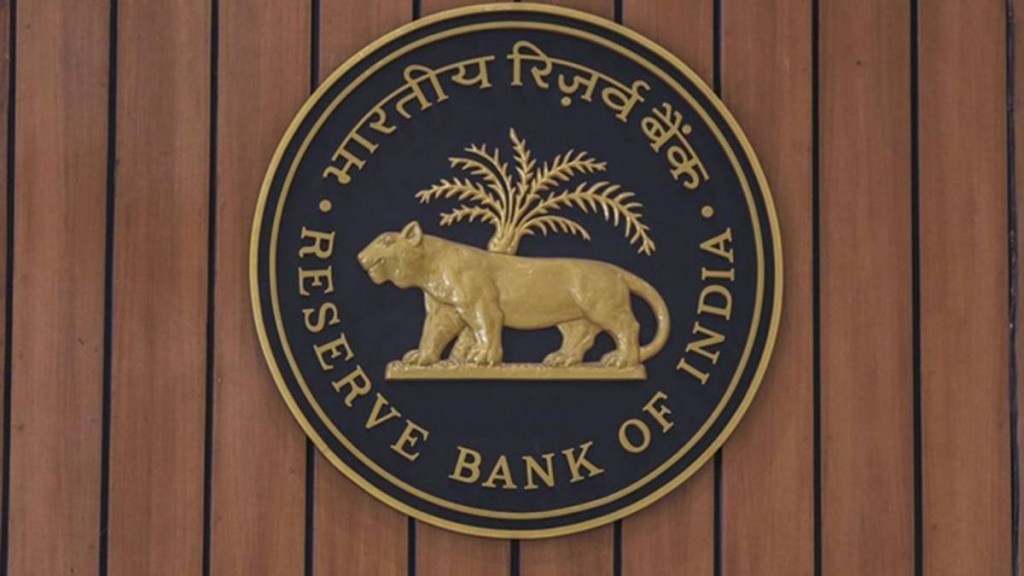‘It is a truth universally acknowledged that a Central Bank in possession of well-behaved Inflation Trajectory must be in want of a benign Global Context.’ Jane Austin might not have written those exact words but the sentiment resonates as we approach the December 2023 Monetary Policy Committee (MPC) decision. Since, their last meeting in October 2023, much has changed, yet not so much.
Problems with rising Tomato prices have been replaced by similar concerns regarding Onion prices. Likewise, escalation of the Israel Hamas situation has supplanted the long-drawn Russia Ukraine conflict. In the meanwhile, 10Year US Treasury yields rose sharply to 5% levels only to come back down to 4.25% between the last policy and now.
Volatility in developed market bond yields reflects the lingering uncertainty regarding the nature of their economic landing. US bond market narrative has been swinging wildly between ‘higher for longer’ policy rates and an economic slowdown leading to hefty rate cuts. At the time of writing, US markets are yet again betting on a monetary policy pivot, hoping to be third time lucky this calendar year. One of the things bolstering their confidence in policy pivot narrative is the lagged effect of past monetary policy actions aided by upcoming favourable base effects. Recent global economic data too is indicating a moderation in both growth and inflation. But the jury is still out on the durability and extent of this moderation. And that means that volatility may remain the norm for global bond markets.
Also Read: Fixed Deposits: Earn up to 8.61% interest on Special FDs
Why should we concern ourselves with global yields? If last MPC is any indication, it will be difficult for RBI to embrace a decisively neutral policy in an environment where global yields remain highly volatile. While our policy is largely based on domestic considerations, we may not be in a position to disregard the world around us. Last time around, when the MPC hinted at the possibility of Open Market Operation (OMO) Sale Auctions of Government Bonds, part of the reason for the same was to directionally align domestic bond yields with rising global yields. Fortunately, banking system liquidity, since then has organically tightened, thereby requiring no OMO auctions till date. Albeit, money market conditions have tightened with overnight inter-bank borrowing becoming costlier by 10-15 bps. A small price to pay for insuring against a potential blowout in financial markets, one would say.
Apart from global uncertainties, domestically developments are all hunky-dory. Second quarter GDP growth at 7.6% has surpassed most expectations, putting the economy on a strong footing. Results of recent state election have somewhat reined in fears around excessive freebee politics in the upcoming general elections. This bodes well for long term fiscal prospects of the country and hence is a market positive development.
In spite of deteriorating geopolitics in the Middle East and a series of OPEC supply cuts, crude oil prices are rather well behaved. This along with prospects of foreign capital flows augurs well for the stability of our currency. October headline CPI at 4.87% remains within the MPC tolerance band. Near term CPI may threaten to break above 6% again due to sharp rise in some food prices, but history suggests these issues are better addressed by supply side measures from the government. Still, there is some food for thought for the MPC to consider.
In our view, our monetary policy remains appropriately tight at current juncture. Domestically, there is little reason to temper with the Goldilocks economy we’re currently experiencing. With relatively softer global bond yields compared to the last policy, there is nothing forcing the MPC’s hands to be incrementally hawkish. Hence, no action on rates and continuation of the existing policy stance are the consensus expectations. But then, all of the above is already baked in today’s bond prices. Instead, bond yields will be a function of supply-demand dynamics and global developments in the near term. As we approach 2024, demand from bond index inclusion flows will keep supply fears at bay.
Global yields, on the other hand, are likely to remain volatile until long term trajectory of global inflation is better understood. Recent rally in global yields may suggest that the end of high inflation is near. But their own Central Banks are not sure of it. Neither should we be. As Twain would put it, ‘reports of the death of high inflation seem greatly exaggerated’. Prudent thing to do, in such an environment, is to stay put in the good place and respond to the evolving situation, if and only when required. The MPC may do just that.
(By Churchil Bhatt, Executive Vice President & Debt Fund Manager at Kotak Mahindra Life Insurance Company)
(The views and opinion expressed in the column are personal and do not necessarily reflect the opinion of the organisation or the Kotak Group)

